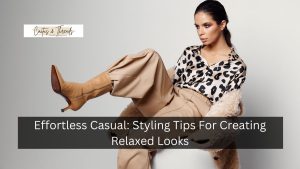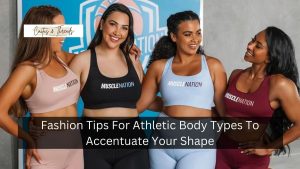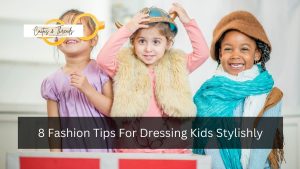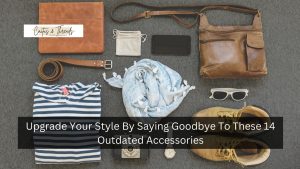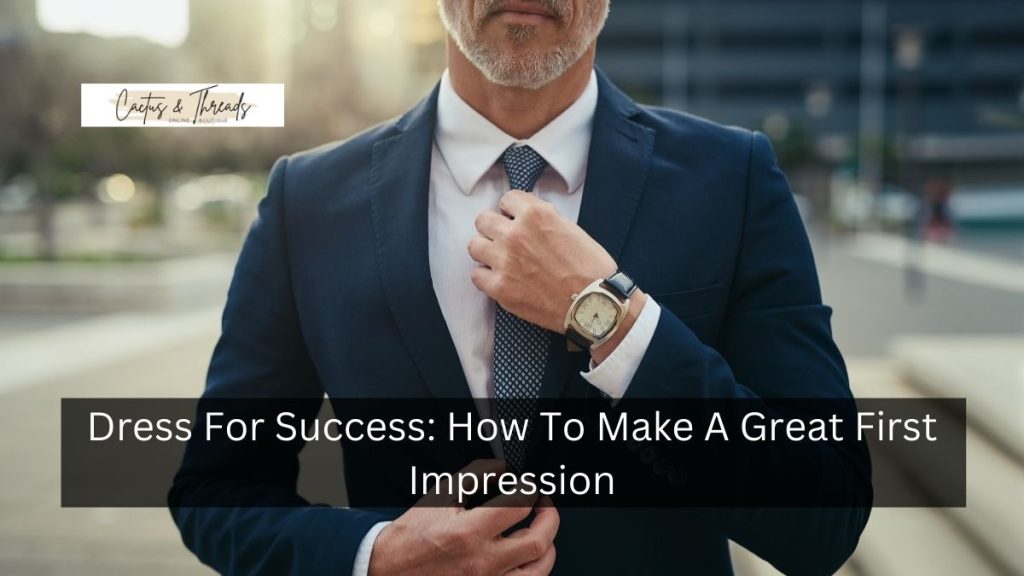
Creating a strong first impression is crucial, especially in professional settings where your appearance can influence perceptions of competence, credibility, and professionalism.
Dressing for success is about more than just style; it’s about embodying confidence, preparation, and attention to detail. In this guide, we’ll explore how to make an impactful first impression through strategic fashion choices and presentation tips.
Understanding the Power of First Impressions
First impressions are formed within seconds of meeting someone, and they can have lasting effects on both personal and professional relationships. In fact, research suggests that people form an initial judgment within the first seven seconds of meeting.
Dressing intentionally and thoughtfully can help convey your confidence, respect for the occasion, and your attention to detail—all factors that contribute to a positive impression.
Choose the Right Outfit for the Occasion
Dressing appropriately for the setting is essential. This doesn’t necessarily mean dressing formally all the time, but it does mean choosing an outfit that aligns with the occasion.
Professional Settings
In corporate environments, conservative attire generally works best. Business suits in neutral tones like black, gray, or navy are universally appropriate. Pair a suit with a crisp shirt, closed-toe shoes, and minimal accessories to create a polished look.
Creative and Casual Settings
For more creative fields, such as marketing or design, you may have more flexibility in your attire. While you can experiment with colors and textures, it’s still important to keep a refined appearance. Blazers, tailored pants, or stylish dresses can be ideal choices to convey professionalism with a touch of personality.
Focus on Fit and Comfort
One of the biggest factors in looking and feeling confident is wearing clothing that fits well. A tailored look can make a significant difference in how you present yourself.
Clothes that are too tight or too loose can detract from an otherwise professional appearance and make you uncomfortable, potentially impacting your focus and composure.
Tips for a Flattering Fit
- Get Tailored: A simple trip to the tailor can help you achieve a more polished look by adjusting your clothes to your exact measurements.
- Focus on Comfort: While fit is key, it’s also essential to choose materials and styles that are comfortable for you. Stiff or uncomfortable clothes may be distracting and can impact your confidence.
Master the Art of Color Psychology
Colors play a critical role in non-verbal communication and can influence how people perceive you. Choosing the right colors can enhance the impact you make during first impressions.
Choose Colors Based on Impression Goals
- Navy Blue: Represents trust and dependability, making it a strong choice for professional meetings and interviews.
- Gray: Conveys neutrality and balance, allowing you to present yourself as composed and level-headed.
- Black: A classic choice for sophistication and authority, suitable for formal occasions or settings where you want to convey a sense of control.
- White: Signifies cleanliness and simplicity. A crisp white shirt or blouse can be a great foundation for any outfit.
Mind the Details: Grooming and Accessories
While clothing is fundamental, personal grooming and accessories play an equally important role in completing your look. Attention to these details can set you apart and reflect a sense of care in how you present yourself.
Grooming Essentials
- Hair: A well-kept hairstyle is essential. Ensure that your hair is clean, styled, and appropriate for the setting.
- Nails: Keep your nails neat and clean. For women, neutral polish colors are generally safe choices.
- Fragrance: Opt for a subtle fragrance. Strong scents can be overwhelming, so choose something light or avoid fragrance altogether for formal settings.
Accessory Tips
Accessories can add a touch of personal style, but it’s essential to keep them minimal to avoid overpowering your outfit.
- Jewelry: Stick to understated pieces like small earrings, a classic watch, or a single ring.
- Bags and Belts: High-quality leather bags and belts in neutral colors can add sophistication to your look.
- Footwear: Shoes should be clean, polished, and suitable for the occasion. Closed-toe shoes are ideal for formal events, while loafers or ankle boots can be appropriate for casual settings.
Dress with Confidence
Ultimately, your confidence is what will leave the strongest impression. When you feel good in your outfit, it shows.
Confidence in your appearance helps create a positive atmosphere, and people are more likely to respond to you positively. Take the time to plan your outfit, but remember that it’s your demeanor that will truly make a difference.
Tips for Exuding Confidence
- Stand Tall: Good posture can make you appear more confident and approachable.
- Smile: A warm, genuine smile goes a long way in creating a friendly first impression.
- Eye Contact: Making eye contact conveys honesty and confidence.
Practice a Routine for Consistency
One way to ensure that you’re always prepared for any occasion is to create a go-to routine for dressing. This routine can involve planning outfits in advance, investing in a few timeless wardrobe essentials, and practicing self-care routines that enhance your overall appearance.
Building a Capsule Wardrobe
Consider investing in a capsule wardrobe—a collection of essential clothing items that don’t go out of style and can be mixed and matched. This can include items like:
- A tailored blazer
- Classic dress pants
- Neutral-colored button-down shirts
- A little black dress or elegant jumpsuit
Having a capsule wardrobe can save time, reduce decision fatigue, and help you feel prepared for any occasion.
Adjusting for Seasonality
Consider the season when choosing your outfit. Seasonal adjustments show that you are thoughtful about your appearance and respect the environment. For example, light fabrics and pastel colors are ideal for summer, while rich, dark tones and layered outfits work best in fall and winter.
Tips for Seasonal Adjustments
- Spring/Summer: Opt for breathable fabrics like cotton or linen. Lighter colors such as beige, light blue, or white are seasonally appropriate.
- Fall/Winter: Incorporate layers and richer colors like burgundy, navy, or forest green. Wool or cashmere can add warmth and sophistication to your look.
The Bottom Line:
Creating a powerful first impression is about aligning your outfit with your personality, goals, and the occasion at hand. Dressing for success means embracing a style that makes you feel confident and poised.
From selecting well-fitting clothes and maintaining personal grooming to understanding color psychology, every detail contributes to how others perceive you.
Takeaway: Remember, dressing for success is not about having a specific look, but about presenting yourself in a way that reflects your best qualities and intentions. With these fashion tips, you can make a great first impression that leaves a lasting positive impact.
READ ALSO:

